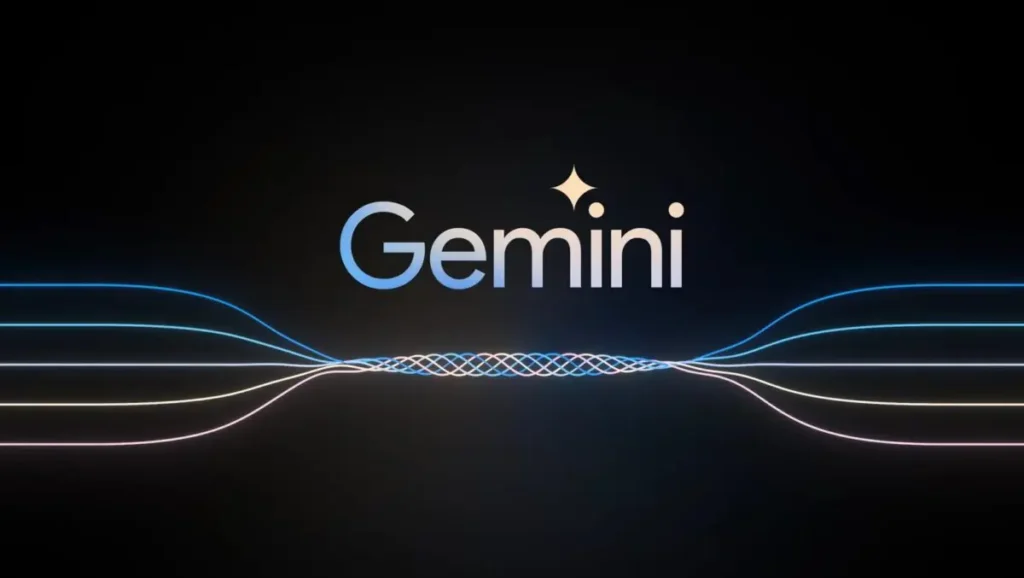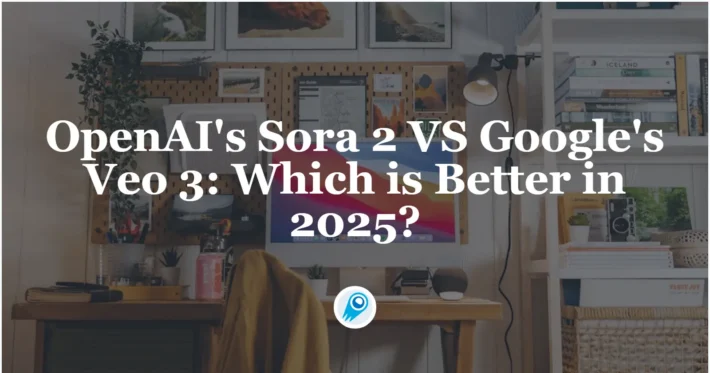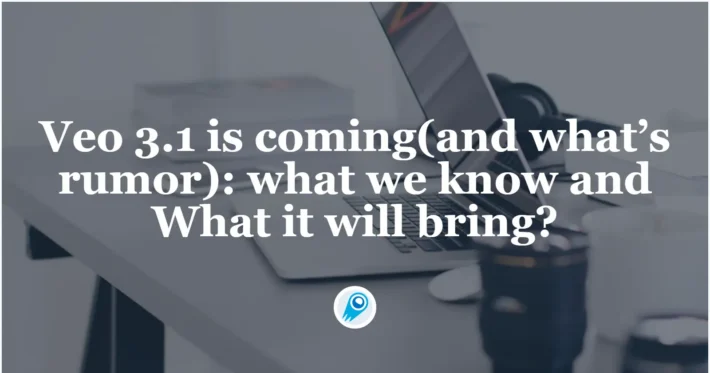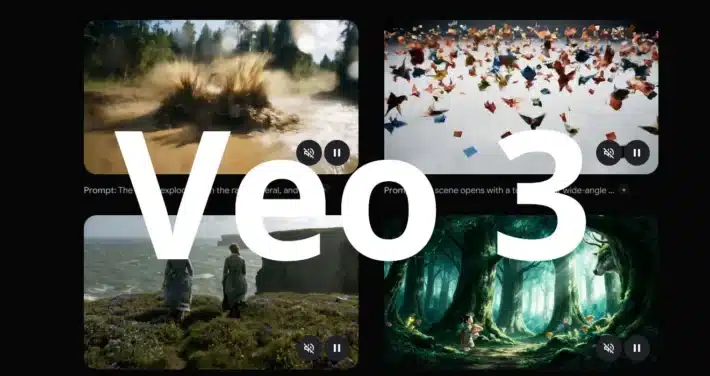What are the limitations of Gemini usage limits across all tiers?

Google has moved from vague “limited access” wording to explicit, per-tier caps for the Gemini app (free, Google AI Pro, and Google AI Ultra). Those caps cover daily prompts, image generation, Deep Research reports, video outputs, context window sizes and — in Ultra — access to the highest-end reasoning mode called Deep Think. This article unpacks exactly what those published limits are, why they matter, how they differ between the free/Pro/Ultra tiers, and practical workarounds for researchers, creators and developers.
What headline limits has Google published for Gemini (free, Pro, Ultra)?
Google’s Help Center now shows an at-a-glance table of limits for the Gemini app (Gemini 2.5 family), broken down by: prompts per day, context window, Deep Research, Deep Think, image generation & editing, scheduled actions, and video generation. Key published numbers are:
- Prompts per day (Gemini 2.5 Pro): Free — up to 5 prompts/day; Pro — up to 100 prompts/day; Ultra — up to 500 prompts/day.
- Deep Research (reports): Free — up to 5 reports/month using 2.5 Flash; Pro — up to 20 reports/day using 2.5 Pro; Ultra — up to 200 reports/day using 2.5 Pro.
- Image generation & editing: Free — up to 100 images/day; Pro/Ultra — up to 1,000 images/day.
- Video generation (Veo family, preview): Pro/Ultra have limited daily video quotas (examples in the docs: Veo 3 Fast up to 3 videos/day, Veo 3 up to 5 videos/day depending on the preview/plan).
- Deep Think (advanced reasoning): available only to Ultra — up to 10 Deep Think prompts/day with a 192,000-token context window.
- Context window size (larger in paid tiers): the Help Center contrasts smaller windows for baseline models and much larger windows for Pro/Ultra (for example, contexts up to 1,000,000 tokens are mentioned for premium plans).
These are Google’s public, documented caps for the Gemini app experience — not API quotas — and the company has emphasized that practical limits can vary by prompt complexity, uploaded file sizes, and conversation length.
How do these limits differ between the free Gemini app and paid plans?
Free vs Pro vs Ultra — practical differences
- Free (no Google AI plan): Intended for casual, occasional use. Very conservative prompt quotas (≈5 prompts/day for the top-tier 2.5 Pro model in the app), limited Deep Research access, and smaller per-feature allowances. This tier is fine for quick Q&A, short drafts, or trying features but will throttle heavier workflows.
- Pro: Designed for power users and creators who want substantial daily throughput without enterprise pricing. Pro raises prompts to the order of 100/day, increases Deep Research capacity (dozens per period), multiplies image allowances, and unlocks video generation (preview-level access). Pro also expands context windows and includes a bundle of monthly AI credits for compute-intensive features like video.
- Ultra: For advanced professionals, researchers and small studios. Ultra provides the largest quotas in the consumer product: hundreds of prompts/day, hundreds of Deep Research reports/day, thousands of images, higher video quotas and exclusive access to Deep Think (the model’s highest reasoning mode) and the largest context windows (hundreds of thousands to ~1M tokens). Ultra also typically includes the most monthly credits for video generation and priority access to new features.
Practical note: the published numbers are ceilings; actual usable capacity can be lower depending on prompt complexity and resource constraints. When you approach a cap Gemini gives in-product warnings and the capacity replenishes on a schedule.
What exactly is “Deep Research” and what limits does it have?
What Deep Research does
Deep Research is Gemini’s built-in research workflow: it can browse the web, analyze and cite sources, ingest uploaded files, synthesize long reports and export interactive results in Canvas (and related outputs like Audio Overviews). It’s aimed at making research tasks (literature reviews, competitive analysis, briefing memos) faster and more reproducible.
Published limits and their meaning
- Free users: very limited Deep Research capacity (the Help Center lists up to 5 reports/month using the baseline 2.5 Flash model). This is enough to test the feature or run a handful of short projects.
- Pro users: larger daily allowances (for example, up to 20 reports/day using Gemini 2.5 Pro), suitable for regular intensive research workflows.
- Ultra users: the largest published allotments (for example, up to 200 reports/day), enabling team-scale or heavy research tasks directly in the app.
Why it matters: Deep Research consumes significant retrieval, browsing and synthesis resources. The documented caps stop a few abuse cases (mass automatic crawling/scraping), protect browsing resources, and make costs predictable for Google — but for users the result is that long, complex projects will be gated by the per-day report limits and by how much content each report needs to process.
What is Deep Think and how is it limited?
Deep Think is Google’s label for the highest-accuracy, highest-reasoning configuration of Gemini 2.5 (targeted at complex math, code reasoning, long-form multi-step problems and other “deep” tasks). According to Google’s docs:
- Availability: Ultra plan only.
- Daily prompt cap for Deep Think: up to 10 prompts/day.
- Context window in Deep Think mode: ~192,000 tokens per Deep Think prompt (sized for huge documents or code bases).
Implication: Deep Think is extremely powerful for a few, very heavy-duty sessions (debugging enormous codebases, proofs, or multi-file audits), but the per-day prompt cap and token budget mean Ultra customers must plan and batch heavy tasks rather than run them continuously.
How does image generation and “image use” change across tiers?
Published image quotas
- Free tier: up to 100 images/day (generation + editing).
- Pro & Ultra tiers: up to 1,000 images/day. Paid tiers also typically unlock higher-resolution outputs, more in-product remixing tools and priority processing.
Practical constraints beyond the numeric cap
- Per-image complexity matters: file size, requested resolution, number of edits in a session and generative steps will affect real throughput. Google’s note that “practical caps vary by prompt complexity, file sizes, and conversation length” applies here.
- Policy & content moderation: image generation is subject to safety checks and content filters; certain requests may be blocked or limited regardless of quota.
How are video generation limits set, and what’s included in Pro/Ultra?
What Google published
- The Gemini app’s Help Center shows daily caps for video generation tied to Veo family models (e.g., Veo 3 Fast and Veo 3 in preview). Example published numbers: up to 3 videos/day (Veo 3 Fast) and up to 5 videos/day (Veo 3) depending on the plan and preview status. Paid plans include monthly AI credits that are used toward video generation across Flow and Whisk.
Credits and billing nuance
- On Pro/Ultra, video generation is credit-based: the subscription provides monthly credits that deplete based on model and video complexity. Ultra provides significantly more monthly credits than Pro (Ultra includes tens of thousands of credits for creatives and studios). The exact credit consumption per minute or per video depends on the model (Veo 3 vs Veo 3 Fast) and settings.
What are the limits if you don’t have a Google AI plan (i.e., free users)?
Free users are the most constrained:
- Prompts per day: generally very low (e.g., 5 prompts/day for 2.5 Pro in the app).
- Deep Research: a small monthly allotment (e.g., ~5 reports/month on baseline Flash models).
- Images: ~100/day for generation & editing — better than nothing, but smaller than paid tiers.
- Video generation: typically not available or severely limited in free tiers.
Bottom line: the free tier is good for discovery and light use, but not for ongoing creative production or sustained research. If your work requires dozens of videos or hundreds of research reports per month, a paid plan is effectively mandatory.
How do API / developer rate limits and Vertex AI differ from the Gemini app caps?
Gemini API vs Gemini app
- The Gemini app limits (discussed above) govern the consumer product and in-app features. The Gemini API (Google AI for Developers / Vertex) uses separate rate limits and billing models oriented around API requests, throughput, and tokens. If you build an application on Vertex, you need to read the API rate-limits docs and Vertex pricing — usage is metered and billed rather than gated by the app’s daily prompt quotas.
Grounded prompts and search/tooling costs
- If you enable the Search tool (grounding), Google supplies a daily allowance of grounded prompts but charges per additional grounded prompt at scale. For some enterprise or high-volume usage patterns, per-call costs or additional billing can be the dominant constraint rather than in-product prompt caps.
Implication for developers: If you need consistent programmatic throughput (e.g., hundreds of API calls a minute), you must plan for API rate limits, per-call token costs, and potentially Vertex quotas — paid app tiers don’t automatically translate into unlimited API usage.
How do context windows affect what you can actually do?
Context window = “what Gemini can keep in mind”
- The context window determines how much text (or tokens) Gemini can attend to at once. Paid plans raise the available window: the Help Center lists 32k tokens for baseline contexts vs 1,000,000 tokens for premium contexts (variations across model choices), and Deep Think uses a ~192k token window for ultra-heavy tasks. Larger windows let the model absorb very long documents, codebases, or multi-file projects in one prompt — critical for high-quality, context-rich outputs.
Real consequences
- If your prompt references many long files, or you need the model to cross-reference thousands of lines of code or multiple research documents, being on Pro/Ultra with a bigger window changes whether the model can see everything at once or must operate in fractured steps (losing cross-document connections).
What are the main practical implications for creators, researchers and teams?
Creators (image/video/multimedia)
If you produce lots of images or short videos, the image/day and video/day caps plus the monthly credits determine monthly output capacity. Ultra is designed for small teams/studios; Pro is a good fit for solo creators and frequent hobbyists.
Researchers & analysts
Deep Research caps and context window sizes are the gating factor. Free tiers are fine for sampling; Pro and Ultra are required for repeated long-form synthesis or for working with huge document collections. Deep Think in Ultra is uniquely useful when you need high-precision reasoning on large inputs, but the 10 prompts/day cap forces batching and careful experiment design.
Developers / integrators
Don’t assume app tiers free you from API constraints. High-volume applications should target Vertex/Cloud plans, monitor API rate limits, and budget for grounded-prompt charges when using the Search tool.
How can you work around these limits (best practices)?
1. Plan and batch heavy tasks
If you have Deep Think or Deep Research needs, schedule them: combine related questions into one larger prompt rather than many tiny prompts. That conserves daily allowances and maximizes the value of large context windows.
2. Use the right model for the job
Lower-capacity models (e.g., 2.5 Flash) may be significantly cheaper on quotas and still adequate for many tasks; reserve Pro/Deep Think sessions for work that truly needs them.
3. Offload programmatic and high-throughput needs to Vertex/API
If you need stable, high-throughput programmatic calls, build on Vertex AI and architect rate-limit handling and caching rather than relying on the app’s daily quotas.
4. Optimize prompt and asset size
Smaller, focused prompts and optimized image/video settings consume fewer tokens/credits and get you more through the same quota. When using image/video, choose appropriate resolution and duration for your output goals.
5. Monitor in-app warnings and billing
Gemini notifies you as you near limits; use those signals to throttle or shift tasks. For credit-based features (video), track monthly credit consumption to avoid surprises.
What should organizations and power users take away?
- Match plan to workload. If you need repeated Deep Research, large context processing or frequent video/image production, Pro or Ultra is not optional — it’s required.
- Plan for caps, not infinite access. Even Ultra has per-day limits on the most expensive operations (Deep Think, several video generations), so design workflows that batch and prioritize.
- Differentiate app vs API usage. For production systems, rely on Vertex/Cloud models and instrument for rate limits and cost. Paid app tiers help individual productivity but don’t replace architecture for scale.
- Watch for updates. Google has recently clarified and published these numbers; they may update again as capacity expands or new models ship. News outlets and Google’s Help Center are the authoritative sources.
Final thoughts
Google’s decision to publish explicit Gemini usage limits for the free, Pro and Ultra tiers is welcome: it replaces vague “limited access” language with concrete ceilings you can plan around. Those ceilings are sensible from an infrastructure and abuse-prevention standpoint, but they also mean that heavy users — creatives producing many images/videos, researchers ingesting terabytes of documents, and developers building high-throughput services — must think carefully about which product surface to use (Gemini app vs Vertex API), how to batch work, and whether a Pro or Ultra subscription (or a Vertex/Cloud plan) is needed.
Getting Started
CometAPI is a unified API platform that aggregates over 500 AI models from leading providers—such as OpenAI’s GPT series, Google’s Gemini, Anthropic’s Claude, Midjourney, Suno, and more—into a single, developer-friendly interface. By offering consistent authentication, request formatting, and response handling, CometAPI dramatically simplifies the integration of AI capabilities into your applications. Whether you’re building chatbots, image generators, music composers, or data‐driven analytics pipelines, CometAPI lets you iterate faster, control costs, and remain vendor-agnostic—all while tapping into the latest breakthroughs across the AI ecosystem.
Developers can access Gemini 2.5 Flash Image(Nano Banana CometAPI list gemini-2.5-flash-image-preview/gemini-2.5-flash-image style entries in their catalog.), Veo 3 and Gemini 2.5 Pro through CometAPI, the latest models version listed are as of the article’s publication date. To begin, explore the model’s capabilities in the Playground and consult the API guide for detailed instructions. Before accessing, please make sure you have logged in to CometAPI and obtained the API key. CometAPI offer a price far lower than the official price to help you integrate.
Ready to Go?→ Sign up for CometAPI today !
What are the common user questions about Gemini limits?
Q: “If I buy Pro, do I get unlimited API usage?”
A: No. App subscriptions (Pro/Ultra) increase in-app quotas and include credits for some compute-heavy features, but API/Vertex usage follows separate rate limits and billing. If you plan to integrate Gemini programmatically, review the Gemini API rate limits and Vertex pricing.
Q: “Can the limits change?”
A: Yes — Google states that usage limits may change and that in times of capacity constraints, free users may be limited before paid users. Expect iterative adjustments as models and usage evolve.
Q: “Is Deep Think just a bigger model?”
A: Deep Think is a configuration of Gemini 2.5 optimized for complex reasoning and very large context. It’s gated behind Ultra and has a small daily prompt budget because of its resource intensity.
Q: “How are grounded prompts billed?”
A: Grounded prompts that use the Search tool have their own allowances and potential per-use charges beyond the included daily allowance. If you enable grounding heavily, costs can accrue even if you’re on Pro/Ultra.



